Director(s) Satoru Okada Artist(s) Tetsuji Tanaka Initial release date 27 April 1988 Genre Adventure game | Producer(s) Gunpei Yokoi Composer(s) Hiromi Publisher Nintendo | |
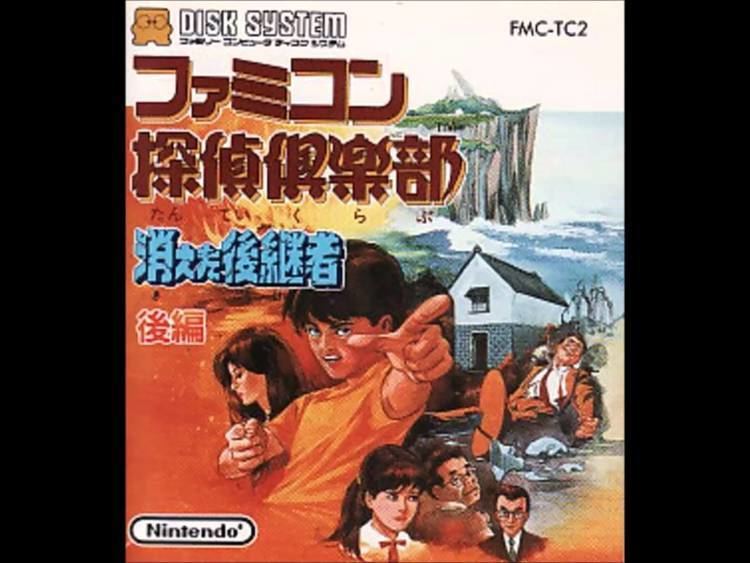 | ||
Writer(s) Toru Osawa
Nagihiro Asama
Yoshio Sakamoto Release date(s) 1988
FDS
Disk Card 1
JP: April 27, 1988
Disk Card 2
JP: June 14, 1988
Game Boy Advance
JP: August 10, 2004
Virtual Console
JP: October 16, 2007 (Wii)
JP: May 28, 2014 (Wii U) Platforms Family Computer Disk System, Game Boy Advance, Wii Developers Nintendo, Nintendo Research & Development 1 Designers Yoshio Sakamoto, Gunpei Yokoi, Satoru Okada Similar Yoshio Sakamoto games, Adventure games | ||
Famicom Tantei Club: Kieta Kōkeisha (ファミコン探偵倶楽部 消えた後継者, "Famicom Detective Club: The Missing Heir") is an adventure game developed and published by Nintendo for the Family Computer Disk System, with the first disk released on April 27, 1988, and the second disc released on June 14, 1988. The game was ported to the Game Boy Advance in the Famicom Mini series as a single cartridge in 2004, and became available on the Virtual Console in 2007 (Wii) and 2014 (Wii U) for 600 Wii points (Wii) and 500 yen (Wii U). The game was never released outside Japan.
Contents
- All nintendo music hq famicom tantei club kieta k keisha complete soundtrack
- Background
- Plot
- Characters
- Gameplay
- Television commercial
- References
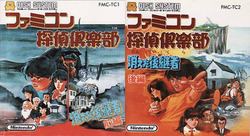
All nintendo music hq famicom tantei club kieta k keisha complete soundtrack
Background
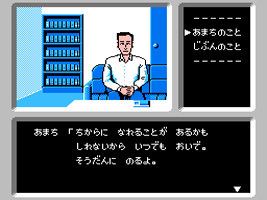
Production was directed by Gunpei Yokoi, and the scenario was written by Yoshio Sakamoto. The game was one of many mystery-solving adventure games released around the time. Contemporaries include the Misa Yamamura Suspense series and the Jake Hunter series. The primary difference between these games and Tantei Club was the use of a teenage boy as the main character and detective. It became a series in 1989 with the release of the sequel, Famicom Detective Club Part II: Ushiro ni Tatsu Shōjo.
Plot
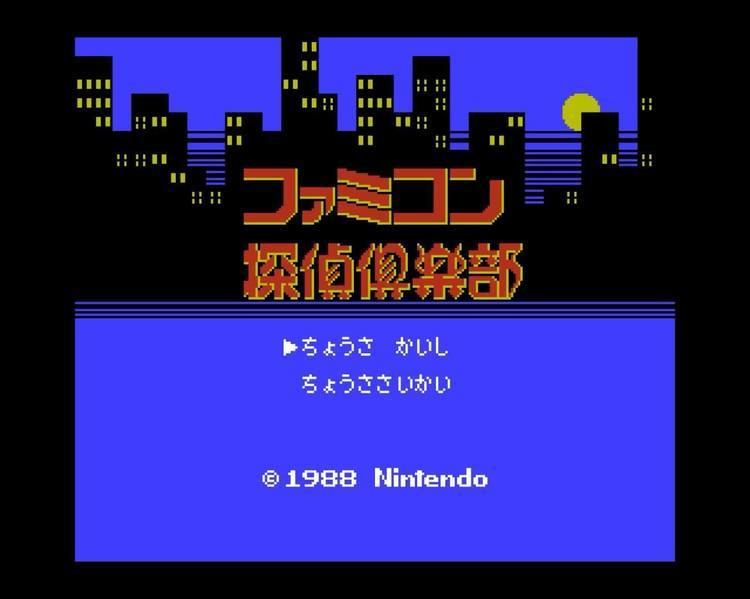
The scenario was written by Toru Osawa and Nagihiro Asama, based on the concept by Yoshio Sakamoto. The story begins with a man named "Amachi" discovering the fallen protagonist on the ground near a cliff. The protagonist discovers that he has lost his memory, and after recuperating, he revisits the cliff and meets a young girl named Ayumi Tachibana. He learns from Ayumi that he is an assistant detective investigating the death of Kiku Ayashiro, and heads over to the nearby Ayashiro estate located in Myoujin village. The Ayashiro family owns a huge plot of land passed down from generation to generation, but there is a strange saying in the village that the dead will return to life to kill anyone who attempts to steal the treasure of the Ayashiro family. As the protagonist investigates the mysterious death of Kiku Ayashiro, he discovers the terrifying connection between this saying and the serial killings which take place.
Characters
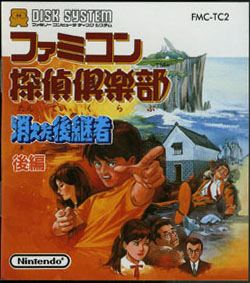
Gameplay
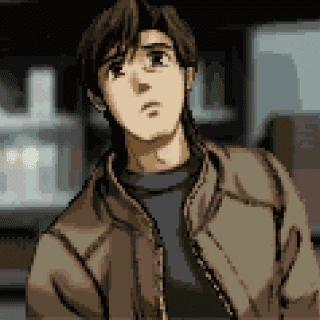
The game is a standard command-style adventure. The player chooses from a set of text commands to interrogate, examine, or move from place to place. The setting of the secluded mansion gave the game a tense and horror movie-like atmosphere which was well received by fans. The original FDS version requires the player to switch the Disk Cards midway through the game, but the GBA and Virtual Console versions can be played without such interruptions.
Television commercial

The commercial uses real actors and non-animated images. It begins with a bolt of lightning illuminating a huge mansion and the Nintendo logo, followed by an image of a young boy with his head sealed with chains. A woman voices a narration which stresses the game's horror-suspense theme and the protagonist's state of amnesia, while showing close-ups of scenes in the game. The chain around the boy's head breaks at the end of the commercial, and his smile lights up the screen. The commercial was run frequently on prime-time television, leaving a strong impact on many viewers.
